Autonomous Uber That Crashed in Arizona May Have Been Less Innocent Than Previously Thought

The recent collision in Tempe, Arizona, where an Uber Technologies driverless Volvo collided with another vehicle before rolling onto its side, might not have been as cut and dried as it originally seemed. While the Tempe Police Department originally deemed the autonomous car not to be at fault, the incident report suggest that it might have been taking the same sort of risks that any inattentive flesh-based operator might have.
EE Times obtained copies of the police report and reached out to Mike Demler, senior analyst at The Linley Group, to make sense of exactly what happened at the scene. The popular assumption was that a Ford Edge failed to yield during a left hand turn, impacting with the Volvo XC90 test vehicle and forcing it onto its side.
That’s not quite how it happened.
According to Demler’s analysis and the accounts listed in the police report, the first vehicle to make contact was actually a Honda CR-V that failed to yield. The Edge was struck afterward. While that places the legal blame squarely upon the Honda, it’s worth mentioning that traffic leading up to the intersection had stopped in the left and and center lanes after the light turned yellow.
Here’s how it happened: the Honda driver — already in the intersection — assumed it was safe to make the turn as traffic stopped in anticipation for the red. Seeing the Volvo approaching mid-turn, the driver immediately applied the brakes but still managed to make contact with its left side as it continued through the rightmost lane of the intersection.
The Volvo operator — who was allowing the vehicle to run in autonomous mode — states that the XC90 impacted with the CR-V at roughly the posted speed limit of 40 mph, making no attempt to stop. It had not reacted to the changing light or the slowing traffic.
Demler states that the self-driving Volvo took a pretty minor hit form the Honda but went out of control — colliding with a traffic signal pole as it veered right. The police report clearly states, “After it hit the pole on its passenger side, the Volvo bounced off, spun & flipped over, hitting vehicles #3 and which were stopped in traffic in the middle lane.”
That’s when it collided with the Ford and Hyundai seen in the dramatic photo tweeted by the Fresco News.
BREAKING: Self-driving Uber vehicle on it’s side after a collision in Tempe, AZ.
Photos by @fresconews user Mark Beach pic.twitter.com/5NCF2KG0rW
— Fresco News (@fresconews) March 25, 2017
While this still places the blame squarely on the shoulders of the the left-turning Honda CR-V, the Uber’s autonomous systems didn’t really do much to prevent a collision. You would assume that, with traffic at a standstill and the light changing, the Volvo’s computer would have decided to engage in some defensive driving.
The human occupants were clearly oblivious to one another until it was too late, but what was the Uber’s onboard systems doing in the moments leading up to the crash?
Demler had similar concerns. “The Volvo’s roof-mounted LIDAR should have been able to see the CR-V, though its radar and cameras may have been blocked by the stalled traffic on its left. It may have been traveling at too high a speed to properly react in time. The Volvo’s mapping/location software should have known there’s a left turn lane on both northbound and southbound [streets], so any vehicle in that lane intends to turn left.”
So, now that we know what happened, what the hell happened?
Uber hasn’t commented further and has urged any interested parties to reach out to the Tempe Police Department for additional information on the matter.

A staunch consumer advocate tracking industry trends and regulation. Before joining TTAC, Matt spent a decade working for marketing and research firms based in NYC. Clients included several of the world’s largest automakers, global tire brands, and aftermarket part suppliers. Dissatisfied with the corporate world and resentful of having to wear suits everyday, he pivoted to writing about cars. Since then, that man has become an ardent supporter of the right-to-repair movement, been interviewed on the auto industry by national radio broadcasts, driven more rental cars than anyone ever should, participated in amateur rallying events, and received the requisite minimum training as sanctioned by the SCCA. Handy with a wrench, Matt grew up surrounded by Detroit auto workers and managed to get a pizza delivery job before he was legally eligible. He later found himself driving box trucks through Manhattan, guaranteeing future sympathy for actual truckers. He continues to conduct research pertaining to the automotive sector as an independent contractor and has since moved back to his native Michigan, closer to where the cars are born. A contrarian, Matt claims to prefer understeer — stating that front and all-wheel drive vehicles cater best to his driving style.
More by Matt Posky
Latest Car Reviews
Read moreLatest Product Reviews
Read moreRecent Comments
- Corey Lewis It's not competitive against others in the class, as my review discussed. https://www.thetruthaboutcars.com/cars/chevrolet/rental-review-the-2023-chevrolet-malibu-last-domestic-midsize-standing-44502760
- Turbo Is Black Magic My wife had one of these back in 06, did a ton of work to it… supercharger, full exhaust, full suspension.. it was a blast to drive even though it was still hilariously slow. Great for drive in nights, open the hatch fold the seats flat and just relax.Also this thing is a great example of how far we have come in crash safety even since just 2005… go look at these old crash tests now and I cringe at what a modern electric tank would do to this thing.
- MaintenanceCosts Whenever the topic of the xB comes up…Me: "The style is fun. The combination of the box shape and the aggressive detailing is very JDM."Wife: "Those are ghetto."Me: "They're smaller than a Corolla outside and have the space of a RAV4 inside."Wife: "Those are ghetto."Me: "They're kind of fun to drive with a stick."Wife: "Those are ghetto."It's one of a few cars (including its fellow box, the Ford Flex) on which we will just never see eye to eye.
- Oberkanone The alternative is a more expensive SUV. Yes, it will be missed.
- Ajla I did like this one.



















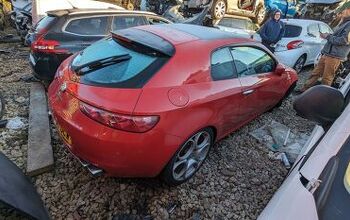
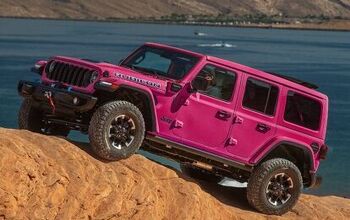
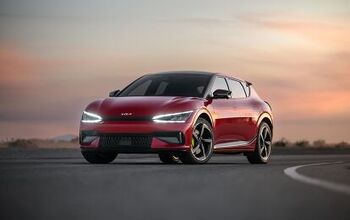

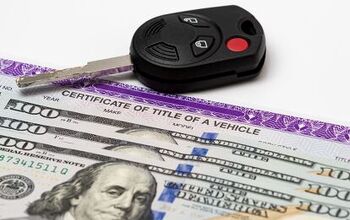
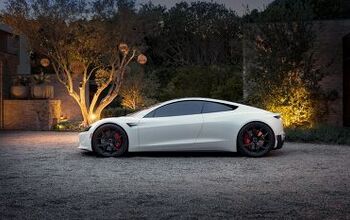
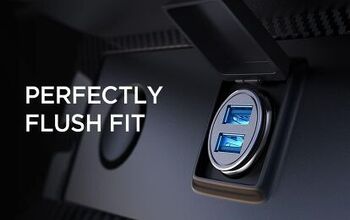
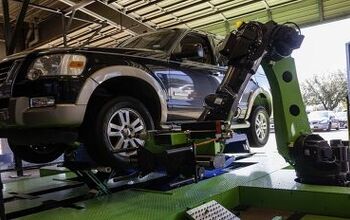
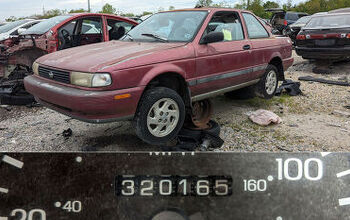

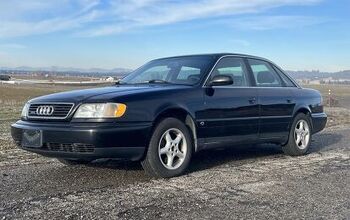
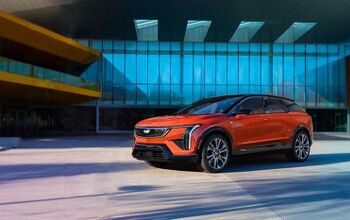
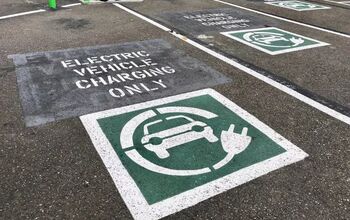
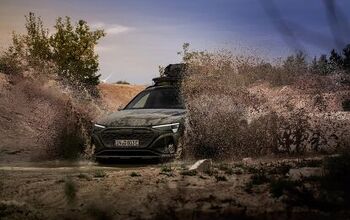
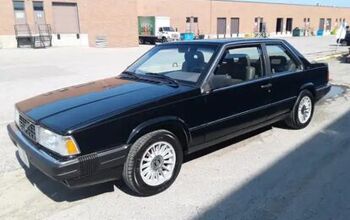
Comments
Join the conversation
Given that the at fault driver was trying to make a left and the Vovo had a yellow, doesn't that mean if she waited three more seconds she could have just gone left as oncoming traffic now had a red? I don't know that I rountinely expect people to make aggressive moves when the light they need is about to turn green. I expect them to do it when their light is about to turn red.
Uber acted like a binary device, and the human in CRV acted like a human. I had an accident just like this one, where I was driving like a binary device. I think Ronnie S. also had something similar in his Fit. Ever since, I am double weary when I am in what appears like a clear lane next to a lane of stopped cars.